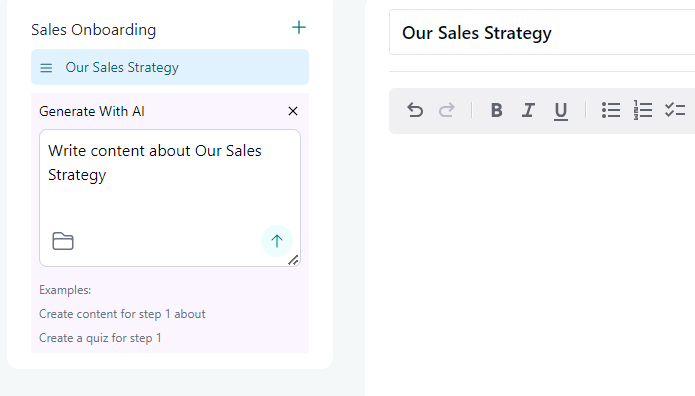Boosting Productivity Through Effective Employee Onboarding

In today's competitive business landscape, maximizing productivity is crucial for maintaining a strong bottom line and achieving long-term success. One often overlooked but highly effective strategy for enhancing productivity is investing in a comprehensive employee onboarding process. This blog post delves into how an improved onboarding program can significantly increase productivity, supported by credible sources and real-world examples.
The Connection Between Onboarding and Productivity
Onboarding is more than just a formal introduction to a company; it’s a critical phase where new employees are equipped with the knowledge, tools, and resources they need to succeed. A well-designed onboarding process ensures that new hires are not only comfortable in their roles but also fully prepared to contribute effectively from the outset.
Key Statistics
According to Glassdoor, organizations with a strong onboarding process improve new hire productivity by over 70% . Furthermore, a study by the Brandon Hall Group found that companies with a solid onboarding program can experience a 60% year-over-year improvement in revenue per full-time employee .
Essential Elements of a Productive Onboarding Program
An effective onboarding program encompasses several key components that collectively contribute to higher productivity.
- Clear Role Definition and Expectations
- From day one, new hires should have a clear understanding of their roles, responsibilities, and performance expectations. This clarity helps prevent confusion and allows employees to focus on their tasks with confidence.
- Comprehensive Training Programs
- Providing new hires with extensive training on job-specific skills, company policies, and industry best practices ensures they have the knowledge necessary to perform their duties efficiently.
- Access to Resources and Tools
- Ensuring that new employees have immediate access to the necessary resources, tools, and technology enables them to start contributing effectively without unnecessary delays.
- Mentorship and Support Systems
- Pairing new hires with experienced mentors or buddies can significantly enhance their learning curve, as they have someone to turn to for guidance and support.
- Regular Feedback and Check-ins
- Frequent check-ins and feedback sessions help new employees stay on track, address any challenges promptly, and continuously improve their performance.
Real-World Examples
Case Study: IBM
IBM has long been recognized for its robust onboarding program, which is designed to integrate new hires quickly and efficiently. IBM's onboarding process includes detailed role-specific training, access to a comprehensive knowledge base, and a strong mentorship culture. As a result, new employees at IBM are able to reach full productivity faster, contributing to the company’s overall success .
WeekOne is a Core Productivity
WeekOne serves as a fundamental productivity tool for hiring managers and new hires, facilitating the creation of onboarding processes, probation period feedback and insights, and supporting employees from day one to their first productive action. Utilizing AI, WeekOne empowers hiring managers to craft the onboarding experience while ensuring they have access to accurate information from the company's ecosystem:

Moreover, the quizzes, tasks, and feedback system will enable the new hire to concentrate on what truly matters:
- Quizzes:
.png)
- Tasks:
.png)
.png)
- Feedback System:
.png)
Benefits of Increased Productivity
Implementing an effective onboarding program that boosts productivity offers several key benefits:
- Higher Output: Employees who are well-trained and well-supported can produce higher quality work more quickly.
- Better Team Performance: When new hires are productive from the start, the overall performance of their teams improves, leading to better project outcomes and faster achievement of business goals.
- Enhanced Employee Morale: Productive employees tend to feel more satisfied and valued, which boosts morale and reduces turnover.
- Competitive Advantage: Higher productivity translates into better business performance, giving companies a competitive edge in the market.
Conclusion
Investing in an effective onboarding program is a strategic move that can lead to significant improvements in employee productivity. By providing new hires with the necessary training, resources, and support, organizations can ensure that their employees are well-prepared to contribute effectively from day one. The evidence is clear: a great onboarding process is not just beneficial for employee retention but also a powerful driver of productivity.
References
- Glassdoor. "How to Build an Onboarding Process That Will Improve Retention."
- Brandon Hall Group. "The True Cost of a Bad Hire."
- Forbes. "How IBM Onboards New Employees for Success."
- Harvard Business Review. "How Netflix’s Onboarding Process Sets the Stage for Employee Success."
By focusing on these strategies and learning from industry leaders, companies can enhance their onboarding processes and enjoy the benefits of a more productive and engaged workforce.